North End sensibility, vast northern responsibility Manitoba Anishinaabe MP Rebecca Chartrand driven by experience growing up surrounded by poverty, violence and tragedy
Read this article for free:
or
Already have an account? Log in here »
To continue reading, please subscribe:
Monthly Digital Subscription
$1 per week for 24 weeks*
- Enjoy unlimited reading on winnipegfreepress.com
- Read the E-Edition, our digital replica newspaper
- Access News Break, our award-winning app
- Play interactive puzzles
*Billed as $4.00 plus GST every four weeks. After 24 weeks, price increases to the regular rate of $19.00 plus GST every four weeks. Offer available to new and qualified returning subscribers only. Cancel any time.
Monthly Digital Subscription
$4.75/week*
- Enjoy unlimited reading on winnipegfreepress.com
- Read the E-Edition, our digital replica newspaper
- Access News Break, our award-winning app
- Play interactive puzzles
*Billed as $19 plus GST every four weeks. Cancel any time.
To continue reading, please subscribe:
Add Free Press access to your Brandon Sun subscription for only an additional
$1 for the first 4 weeks*
*Your next subscription payment will increase by $1.00 and you will be charged $16.99 plus GST for four weeks. After four weeks, your payment will increase to $23.99 plus GST every four weeks.
Read unlimited articles for free today:
or
Already have an account? Log in here »
OTTAWA — Rebecca Chartrand’s office on Parliament Hill speaks volumes about the challenges facing the rookie Manitoba MP and cabinet minister.
Chartrand occupies a north-facing office in the historic Confederation Building that offers a breathtaking view of the cliffs bordering the majestic Ottawa River and the iconic Supreme Court of Canada’s chambers.
There was no luck of the draw in Chartrand landing this office.
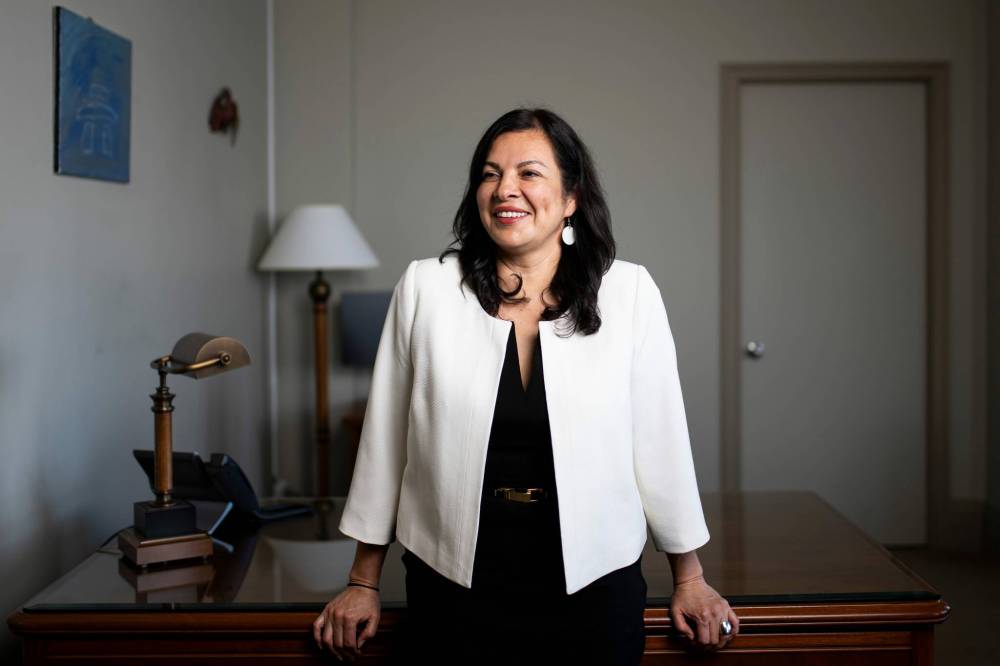
There is a hierarchy to office assignments on Parliament Hill. Members of the governing party caucus, and its cabinet ministers, tend to get nicer digs; opposition MPs are left to fight it out for the dregs.
But even within a governing party politics is at work when it comes to office assignments. The best are assigned to stars, or rising stars.
The moment you walk into Chartrand’s office and soak up the stunning view, it’s hard to escape the sense the longtime Anishinaabe educator and community leader — who now serves as minister of northern and Arctic affairs and represents Churchill-Keewatinook Aski, the largest geographic riding in the country — is carrying the lofty expectations of a rising star.
Chartrand was a surprising appointment as Manitoba’s only cabinet minister. Longtime Winnipeg MP Terry Duguid was Manitoba’s representative at the cabinet table when the election was called, and given that he was one of the co-directors of the national campaign, he was expected to retain a cabinet post.
Instead, Prime Minister Mark Carney brought in Chartrand and another dozen or so fresh, rookie faces to define his cabinet. Partly as a result of her surprise appointment, it’s clear a lot of people are closely watching Chartrand.
“There’s definitely expectations,” she said in an interview earlier this month. “When you combine my ministry with my riding, I almost feel like the land I’m covering is 50 per cent of Canada…. So, yes, there are expectations, but am I overwhelmed? No, and I’m going to tell you why I’m not overwhelmed. Because I feel like I’ve been living this my entire life.”
Although Chartrand’s family is originally from Pine Creek First Nation — located more than 400 kilometres northwest of Winnipeg on the western shores of Lake Winnipegosis — she was born and raised in the city.
Her father, Nelson Chartrand, had run away from the Pine Creek residential school as a young man and relocated to Winnipeg to start a new life. That’s where Nelson met Chartrand’s mother, Iris Monkman.
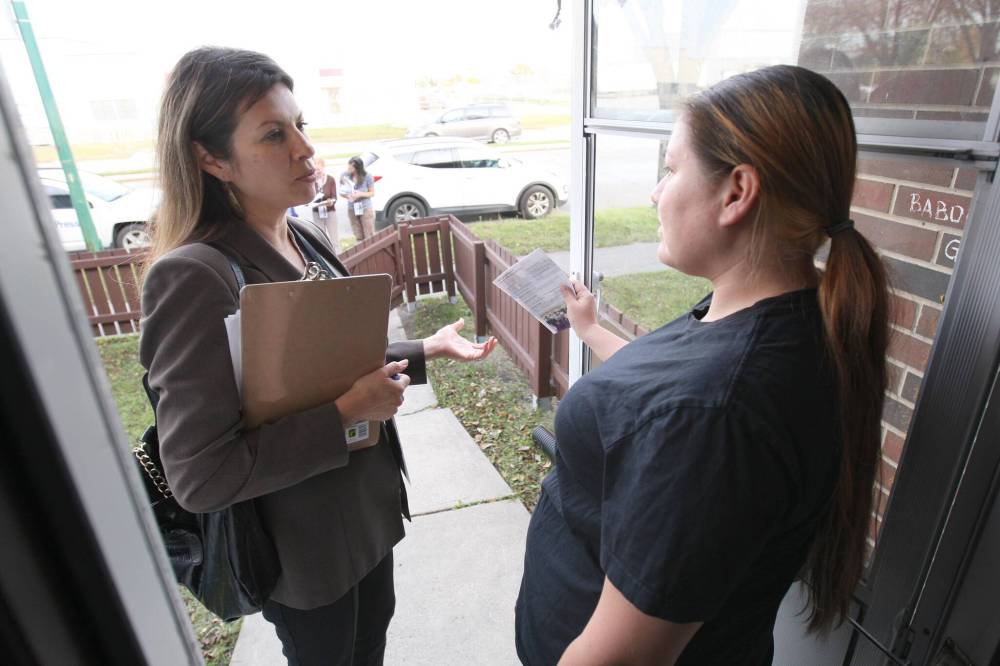
Chartrand’s formative years were forged by life in the North End, and all of the poverty, racism and violence that neighbourhood has shown its Indigenous citizens. At one point, more concerned with getting a job and earning her own money, Chartrand dropped out of high school, only to return to finish her diploma at the Children of the Earth High School on Salter Street, just north of the rail lines.
Like so many Indigenous youth, Chartrand said her teen years were distinguished by a profound lack of hope about her own future.
“I didn’t feel like I had any aspirations. I couldn’t see myself in the future beyond what was outside my front door. All I knew is that I wanted to work and I wanted to make money.”
However, fuelled by the emphasis on Indigenous culture that was built into the curriculum at Children of the Earth, she became increasingly attuned to the conditions confronting Indigenous people in the North End.
“I came to understand a lot of the challenges and injustices that we were experiencing as Indigenous people. I don’t think I was able to articulate it at the time, but when I look back now, I could really understand how those things have also informed me.”
It was at that point in her life she also became exposed to the violence that seemed so pervasive for Indigenous women from the neighbourhood.
On many occasions she would be approached by men trying to lure her into their cars, she said. The threat posed became very real and very personal in the summer of 1991, when her good friend Glenda Morrisseau, 19, went missing. Her half-naked body was found a few weeks later in a scrapyard, her hands bound behind her back.
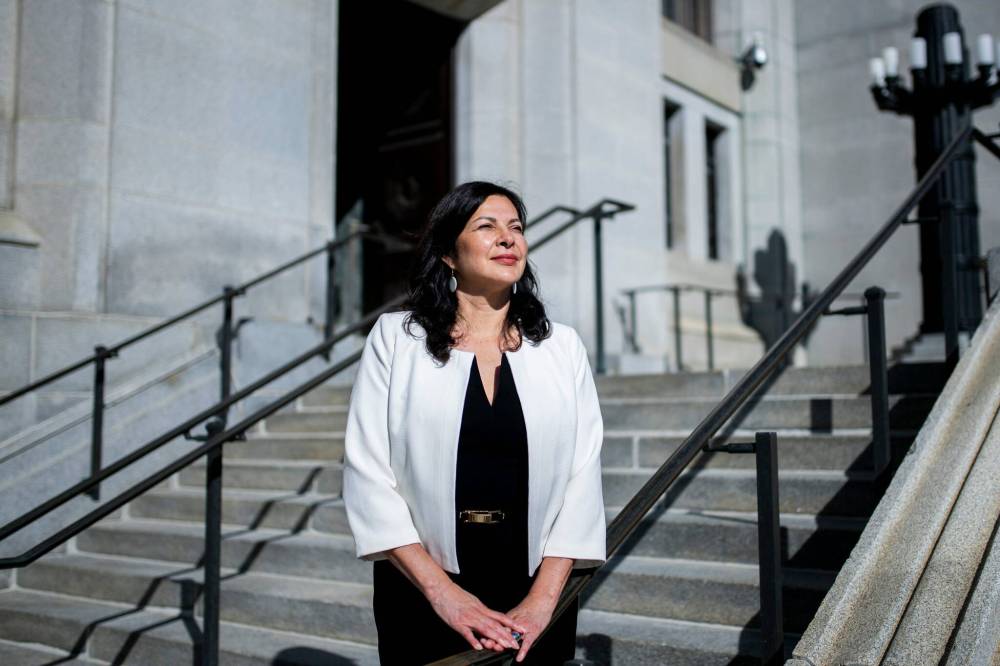
Chartrand said even though Morrisseau’s death filled her with “rage and anger,” she had no idea of what to do with her emotions. Thanks, in large part, to her enrolment at Children of the Earth, Chartrand said she sought out ways to “learn more about myself as an Indigenous person and the inherent threats that non-Indigenous society posed.”
“I don’t think we realized how unsafe we were at the time, because you’re young, right? You think you’re invincible, and so when it happens to somebody that’s close to you… it was shocking.
“But at the time, I don’t think I was thinking about my safety. I was thinking about just how outraged I was because there was speculation that my friend was a prostitute, right? And I’m, like, that was the thing that was the most outraging to me because I was like, ‘Why would they say such a thing? Because she was Indigenous? She was female?’”
When Chartrand graduated from high school, fate intervened when the TD Bank awarded her a scholarship that came with an offer of immediate, ground-level employment as a teller, part of a broader diversity-and-inclusion initiative.
Chartrand said she loved having a regular paycheque right out of high school but was unprepared for the complexities of being a diversity hire. Working at a bank branch, Chartrand said she found herself ostracized and the target of random contempt and hostility. One day, a co-worker disclosed that some of the part-time staff had been trying to get full-time positions. They reacted angrily when a young Indigenous woman walked right into the job they wanted.
“So you’re bringing in Indigenous people into a space where you know you might have a dozen tellers working half time, and they’re looking for full-time employment. And you bring somebody like me who’s, you know, fresh out of high school, and I’m coming into a full-time job. Can you imagine the tension that creates?”
While working for TD, Chartrand began to cultivate a desire to attend university and pursue a career in education.
She would, eventually, earn a bachelor of education degree in 1999 and a master’s degree in educational leadership and administration in 2016. After her undergraduate degree, she took a teaching position in the Seven Oaks School Division. At the same time, Chartrand began to build a profile as a community activist, organizer and entrepreneur.
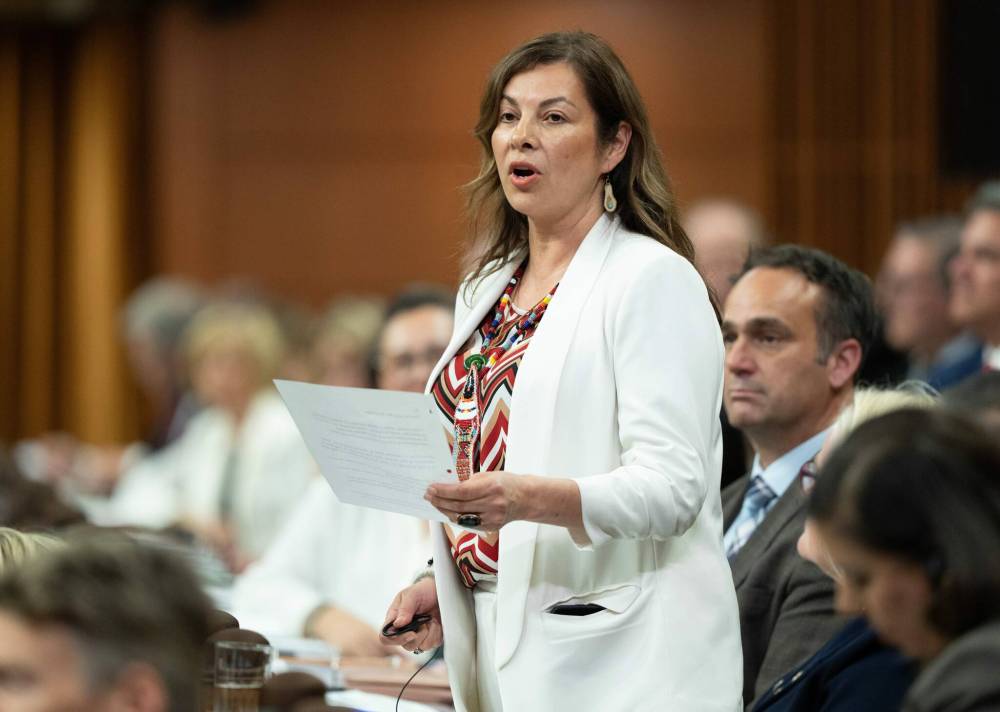
She founded the Council for Aboriginal Education in Manitoba, a non-profit that worked to integrate Indigenous culture into school curriculum. She also served as the chair of the Aboriginal Circle of Educators and helped organize the annual Manitoba Aboriginal Education Awards Banquet.
Chartrand started to branch out as a key point of contact for school divisions that wanted to build more awareness around Indigenous students and culture, overseeing or advising both the Seven Oaks and Winnipeg school divisions. She was instrumental in establishing the Ojibwa bilingual education program, where Indigenous students are given the opportunity to speak, read and write Anishinaabewowin language.
Outside of work, she lent her name and growing public profile to the ongoing concern about Murdered and Missing Indigenous Women and Girls, an issue that had deep personal meaning for her after Morrisseau’s death. She joined forces with Bernadette Smith, a community activist who is now a minister in Premier Wab Kinew’s NDP government, in creating Drag the Red, a community-led initiative to search the Red River for the bodies of missing Indigenous women and girls.
Given the issues she was involved in, it was not surprising politics would enter the equation.
In an effort to drive more awareness around MMIWG, Chartrand ran for city council in 2014. She lost the Point Douglas ward to incumbent Coun. Mike Pagtakhan, but made a sufficiently strong showing that the federal Liberals took note. She was recruited to run against NDP MP Niki Ashton in Churchill-Keewatinook Aski in the 2015 election as part of then-leader Justin Trudeau’s team.
Once again, she would fall short at the polling booth. And, for the most part, Chartrand said she felt her political aspirations had been extinguished.
“I felt like (2015) was one and done. But… this riding has 73 communities, 42 First Nations communities, 20 remote, isolated flying communities. So when you get the opportunity to go into the majority of these communities in the North and you see the devastating poverty, it lights a fire in your belly. And it makes you go, like, “something needs to happen here.”
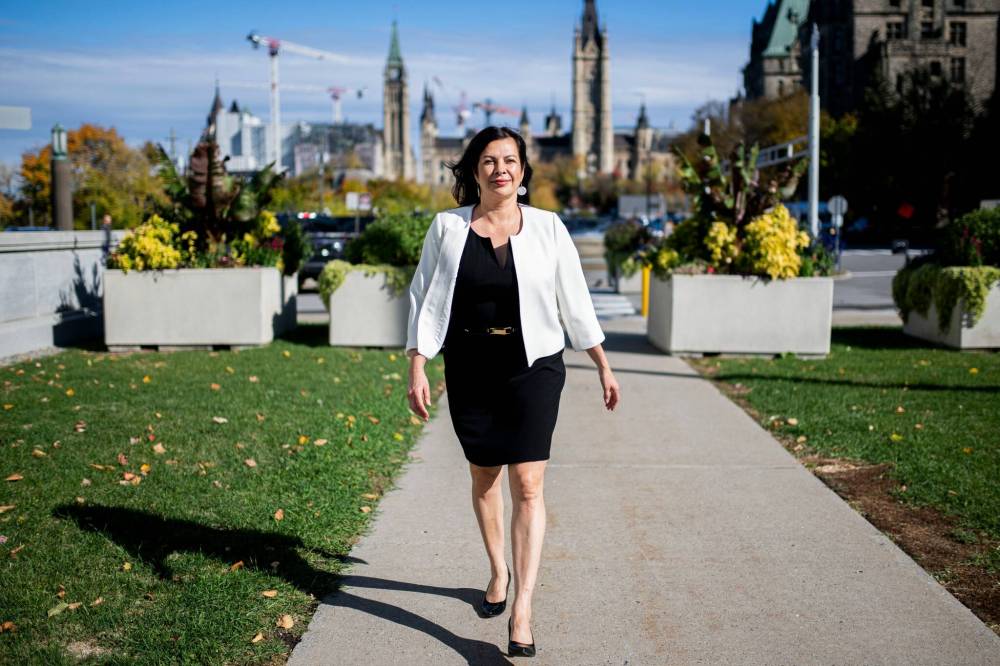
Manitoba Métis Federation President David Chartrand roars with laughter when he remembers the last thing he said to Rebecca Chartrand on election night last April when she won a seat in the House of Commons.
David Chartrand said he wasn’t surprised Rebecca had won, but he also realized it was a minority Parliament and the next election could come at any time. So, he advised her to spend as much time meeting constituents and ensuring that she would get re-elected regardless of when the next campaign came.
The MMF president said it would be time well spent while she built her profile on Parliament Hill. “’I’ll tell you this: you’re not going to get into cabinet. There’s no way.’”
However, he said wasn’t surprised when she was tapped for cabinet. Although not related, he grew up in Duck Bay, a former Hudson’s Bay Company trading post just north of Pine Creek First Nation and whose residents are primarily Métis.
As a young man, Chartrand said he had numerous opportunities to fish, trap and pick blueberries with Delbert Chartrand, Rebecca’s grandfather. Delbert was a Second World War veteran who had lost an arm in battle but nonetheless lived a thriving life as a fisher and hunter.
David Chartrand said Rebecca demonstrates the best of the Chartrand family qualities and expects she will thrive in her new and enormous portfolio; she is also the minister responsible for the Canadian Northern Economic Development Agency.
The portfolio and her riding, which bore the brunt of Manitoba’s devastating wildfire season, have taken on greater significance because upgrades to the Port of Churchill and expanding trade corridors in Manitoba’s North are high on Carney’s nation-building, major economic developments list.
“She has a strong resumé and they’re giving her a chance to use it,” Chartrand said. “And she knows she’s being watched.”

In fact, not only watched, but also judged by sometimes-harsh critics.
Less than a month after her cabinet appointment, former colleagues at Red River Polytechnic leaked the results of a workplace harassment investigation of Chartrand’s treatment of co-workers. She had been hired in 2017 as Red River’s executive director with a mandate to rebuild the college’s Indigenous studies programs.
The outside investigation concluded Chartrand’s “conduct amounted to personal harassment” and that this conduct could “reasonably cause an individual to be humiliated or intimidated, and was repeated and had a lasting harmful effect.”
Chartrand said she was recruited specifically to overhaul the college’s Indigenous education program that had been in existence for nearly a quarter of a century, but had started to show signs of dysfunction.
When she arrived, Chartrand said she found a system obsessed with justifying its existence by exaggerating the number of Indigenous students it had recruited. Chartrand said everyone involved with Indigenous education seemed unconcerned that programs designed for Indigenous students had “single-digit” graduation rates.
With a mandate to rebuild and reform Red River’s approach to Indigenous programs, Chartrand admitted she had to make some tough decisions. Some longtime staff were fired and the casual indifference to the program’s poor outcomes was challenged. The immediate impact, she said, was an eruption of “lateral violence,” a sociological term that describes how members of a marginalized group can displace their anger and aggression towards others in their own community, rather than their oppressors.
“I’ve often said that when you’re building bridges, you get walked on both by both sides. I did have high expectations of my team because at the end of the day, we need to focus. And that… everything we do should be measured by how well our students are doing. And… I understand, the lateral violence that came in soon after I got in. You know, like I said, people were let go, and they had an axe to grind and (the leaked investigation) was an opportunity to do that.”
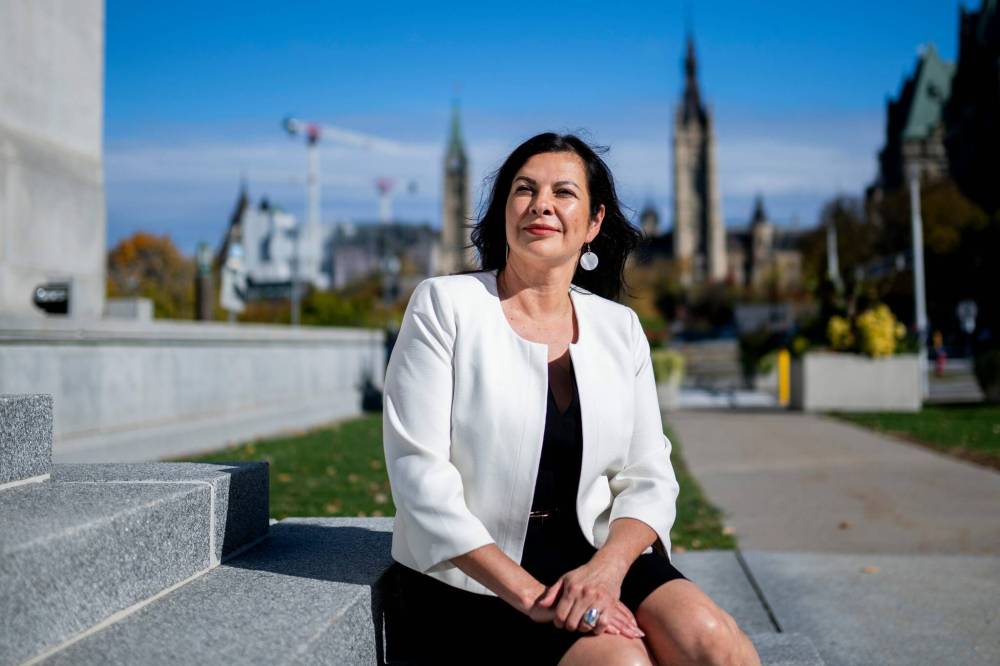
Chartrand said that all of the seminal experiences she’s had to this point — being a diversity hire at a bank, her involvement in the MMIWG movement, forging a career in education, the conflict at the college — have helped prepare her for this, her most recent and most significant challenge.
“As a young Indigenous woman, I never envisioned that I would be in this space, especially coming from one of the most impoverished parts of our city and country. But it’s been the injustices that have directed me into these spaces. And so I always try to remember that I’m not here for myself, I’m not here for a title.
“I’m here to be a voice and to get things done and to get results.”
dan.lett@freepress.mb.ca

Dan Lett is a columnist for the Free Press, providing opinion and commentary on politics in Winnipeg and beyond. Born and raised in Toronto, Dan joined the Free Press in 1986. Read more about Dan.
Dan’s columns are built on facts and reactions, but offer his personal views through arguments and analysis. The Free Press’ editing team reviews Dan’s columns before they are posted online or published in print — part of the our tradition, since 1872, of producing reliable independent journalism. Read more about Free Press’s history and mandate, and learn how our newsroom operates.
Our newsroom depends on a growing audience of readers to power our journalism. If you are not a paid reader, please consider becoming a subscriber.
Our newsroom depends on its audience of readers to power our journalism. Thank you for your support.
